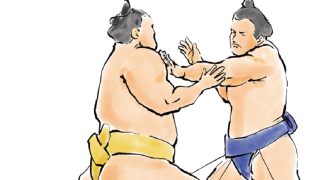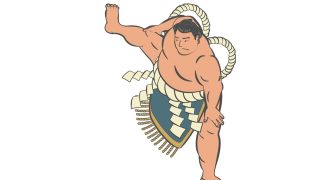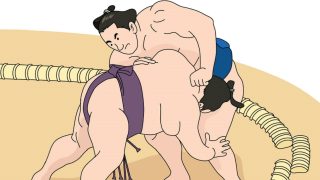 Introduction
Introduction What Is a Yobidashi? A Complete Guide to the Masters of Voice Who Create Flawless Sumo Presentation
The yobidashi captures the audience’s ears and hearts, bringing a unique sense of tension to the dohyo. Their melodic announcement of ring names carries ritual significance and embodies the culture and history of sumo. Behind the scenes, they also handle critical backstage tasks such as maintaining the dohyo and assisting in bout operations.









